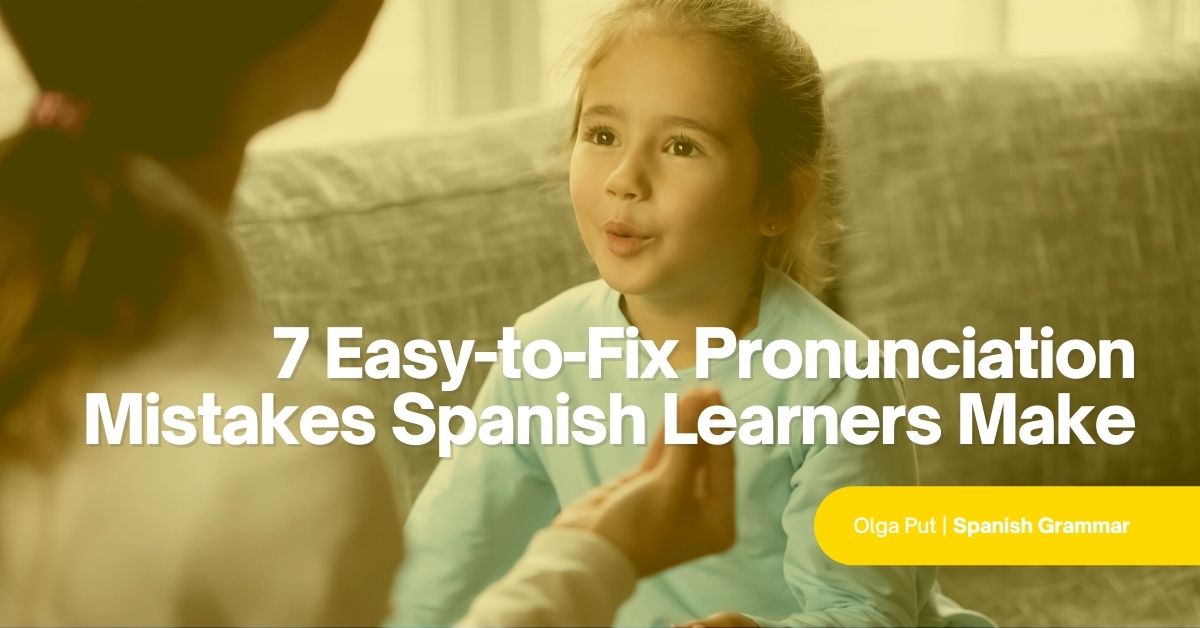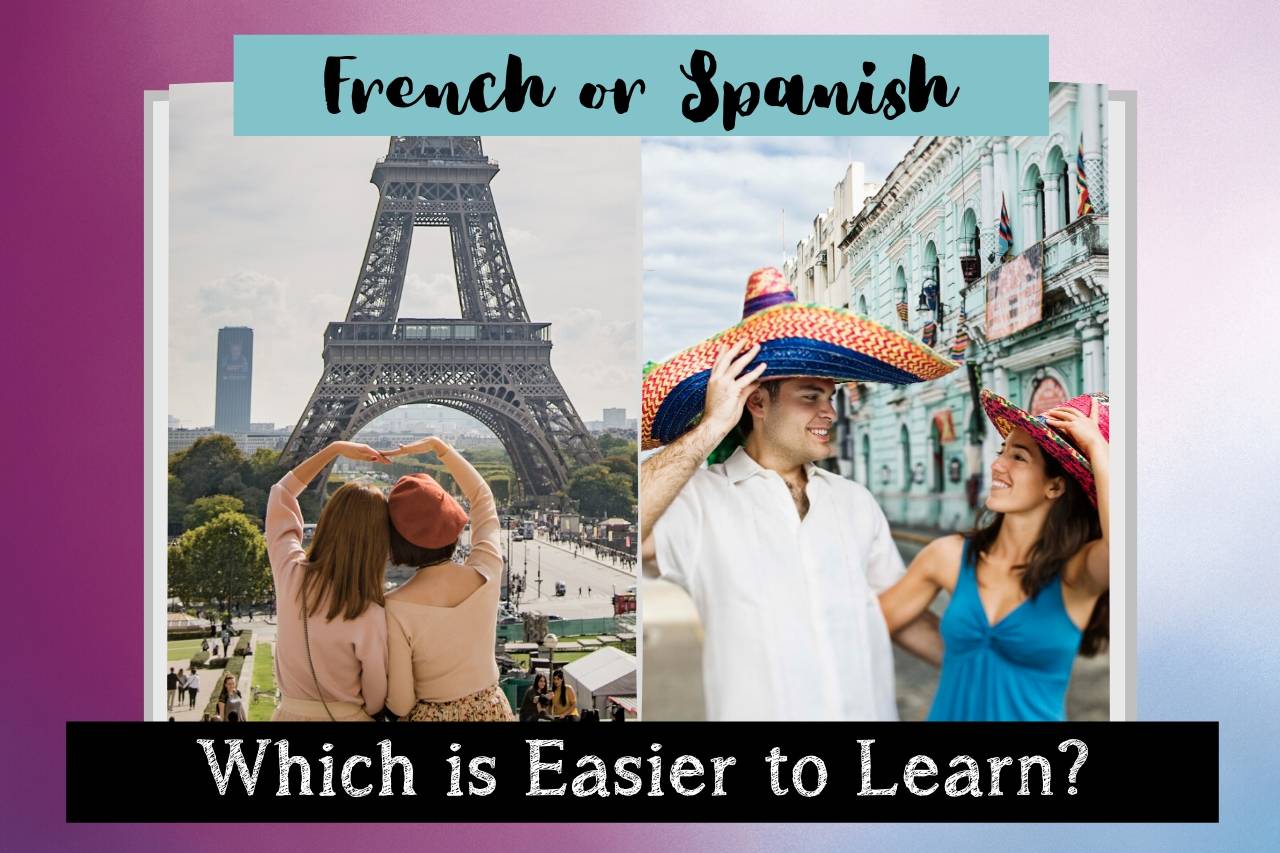
100+ Basic Spanish Words and Phrases for Travelers
Ready to boost your Spanish skills before your next trip to a Spanish-speaking country with this list of essential Spanish words and phrases? No matter where you’re going, from Cancun to Madrid, we’ve got you covered. Learning some basic Spanish words and phrases will come in super handy during your travels. Don’t worry if you still need to improve your Spanish—you can...Read More
The ‘Vulgar’ History and Origin of the Spanish Language
The history of the Spanish is longer than you think. How much do you already know about its history? Consider these questions… How long has Spanish been around? Where did Spanish come from? Did Spanish originate in Spain? If not, which country did Spanish originate from? How old is Spanish? Is it older than English? If some people say that...Read More
50 Spanish Idioms To Use in Your Everyday Conversations
If your goal is to speak Spanish like a native, then at some point you will have to learn to use a variety of Spanish idioms. Why not start today? In this post, I’m discussing what Spanish idioms are and why you should learn them. I will also give you a list of some of the most common Spanish idioms that you can use in your everyday conversations. What’s an Idiom?...Read More
Top Cost-Effective Spanish Class Options for Kids
If you’re looking for Spanish lessons for kids and you don’t know where to start, this post is for you! As parents, we all want the best education for our children and a second language is an important part of that. Having decided that you want your kids to learn Spanish, is a wonderful present for them as you’re giving them a headstart in life and opening a wide door to a world of new...Read More
The Future Simple Tense in Spanish
Are you ready to make plans with Spanish-speaking people in a natural, easy-going way? For a quick start, you can use the ir + a + infinitive construction to talk about the future, but eventually you’ll want to build your grammar knowledge to include the future simple tense (which is just one word). In this blog post, you’ll see why this tense is so useful, how to form it, when to use...Read More
Awesome Spanish Books for Kids in Elementary
The best books to learn Spanish for elementary kids not only teach the language but motivate, inspire, and ignite the imagination. Elementary students love to discover the world through books—it’s where they get first impressions and are introduced to new, interesting concepts. Spanish learning books are proven to draw students’ attention and keep them engaged. In this...Read More
Diphthongs, Triphthongs, and Hiatus in Spanish
If you dream of speaking Spanish like a native speaker, you need to build your understanding of diphthongs, triphthongs, and hiatus. Don’t worry. I’m here to help! After reading this article, you’ll not only know what these phonetic terms mean, but you’ll also dramatically improve your pronunciation of Spanish words and phrases through practice! Ready? Let’s go! Is Spanish...Read More
7 Easy-to-Fix Pronunciation Mistakes Spanish Learners Make
Perhaps you’ve been studying Spanish for some time, and yet the moment you open your mouth to say something, it’s clear that you’re a native English speaker. Don’t worry! This is due to some easy-to-fix pronunciation mistakes. Most people start studying a language by focusing on grammar and vocabulary, leaving pronunciation on the back burner. And as long as you’re understandable,...Read More
35 Perfect Cognates in Spanish [Words You Already Know!]
Perfect cognates in Spanish make language learning even more fascinating and amusing! Cognates or cognados are words that exist in two languages. These words share similarities when it comes to roots and meaning. There are different types of Spanish cognates and my intention behind this grammar guide is to provide you with support to identify them and use them accurately. Keep...Read More
